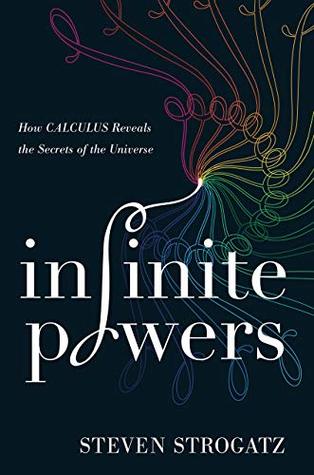More on this book
Community
Kindle Notes & Highlights
Read between
December 30, 2019 - January 14, 2021
Thus, calculus proceeds in two phases: cutting and rebuilding. In mathematical terms, the cutting process always involves infinitely fine subtraction, which is used to quantify the differences between the parts. Accordingly, this half of the subject is called differential calculus. The reassembly process always involves infinite addition, which integrates the parts back into the original whole. This half of the subject is called integral calculus.
250 BCE in ancient Greece, it was a hot little mathematical startup devoted to the mystery of curves. The ambitious plan of its devotees was to use infinity to build a bridge between the curved and the straight. The hope was that once that link was established, the methods and techniques of straight-line geometry could be shuttled across the bridge and brought to bear on the mystery of curves. With infinity’s help, all the old problems could be solved. At least, that was the pitch. At the time, that plan must have seemed pretty far-fetched. Infinity had a dubious reputation. It was known for
...more
Three of Zeno’s paradoxes are particularly famous and strong. The first of them, the Paradox of the Dichotomy, is similar to the Riddle of the Wall but vastly more frustrating. It holds that you can’t ever move because before you can take a single step, you need to take a half a step. And before you can do that, you need to take a quarter of a
Another paradox, called Achilles and the Tortoise, maintains that a swift runner (Achilles) can never catch up to a slow runner (a tortoise) if the slow runner has been given a head start in a race.
In these first two paradoxes, Zeno seemed to be arguing against space and time being fundamentally continuous, meaning that they can be divided endlessly. His clever rhetorical strategy (some say he invented it) was proof by contradiction, known to lawyers and logicians as reductio ad absurdum, reduction to an absurdity.
In a third paradox, the Paradox of the Arrow, Zeno argued against an alternative possibility—that space and time are fundamentally discrete, meaning that they are composed of tiny indivisible units, something like pixels of space and time. The paradox goes like this. If space and time are discrete, an arrow in flight can never move, because at each instant (a pixel of time) the arrow is at some definite place (a specific set of pixels in space). Hence, at any given instant, the arrow is not moving. It is also not moving between instants because, by assumption, there is no time between
...more


